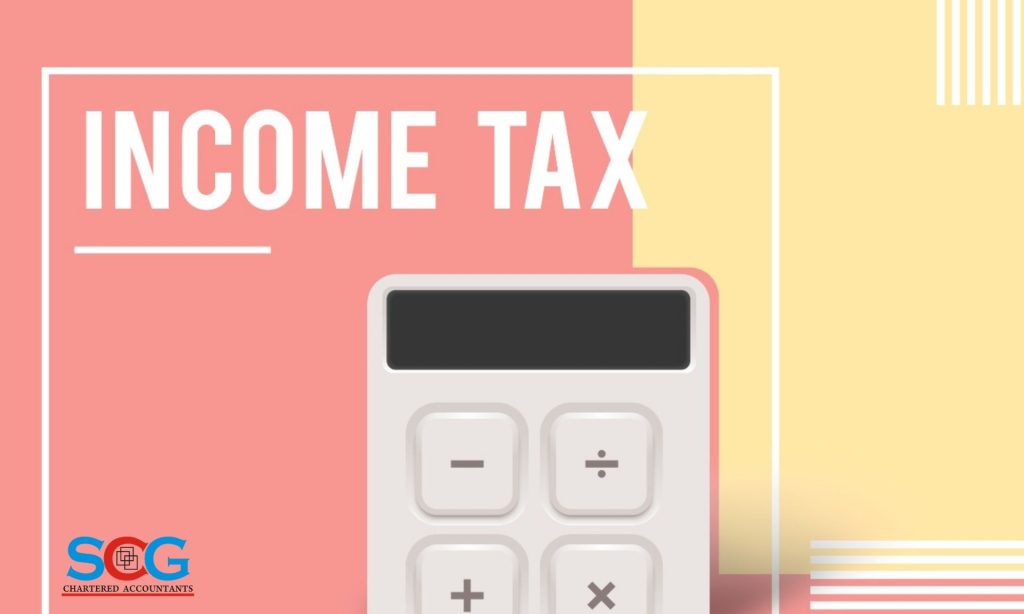Ask a layman, “how is your income tax computed?” You may get a blank stare!
Accounting and tax laws determine what goes into calculating your taxes. This makes it hard to comprehend for many people.
Yet at a high level, the process of computing income tax is straightforward, and it involves five steps:
- Determine assessable income
- Deduct expenses relating to each source of assessable income.
- Add the income left after deducting the expenses to obtain total income before reliefs.
- Deduct reliefs to get the chargeable income.
- Apply the tax rates to chargeable income to calculate the income tax.
The aim of this article is to give the reader some understanding of the process and terms involved in calculating taxes. Always seek the help of a tax expert when filing taxes.
Some Definitions
Assessable Income – is income that the law decides is taxable. The law sets rules for how to determine each source of assessable income. The law may also exempt some income from taxes. Exempt income is not assessable. There are three main sources of income – employment, business and investment.
Allowable Expenses – the law determines which expenses you can deduct from each income source. Rent, salaries, travel, fuel and capital allowance are examples of business expenses.
Reliefs – these are allowances and deductions granted by tax law. Tax law determines the rules for calculating and getting reliefs.
Chargeable Income – the total income from all sources after deducting allowable expenses and reliefs. Apply the tax rates to this number to calculate the tax due.
STEP 1: Identify and classify each source of income as employment, business or investment.
- Employment income is income earned from employment. It may be in cash or in kind. It includes salary, leave pay, allowances for entertainment and rent, bonuses, overtime, and accommodation and vehicle provided by your employer for business and personal use;
- Business income is income from trading, profession or vocation. Examples are:
- Trading – income earned by a trader from selling goods
- Profession – fees earned by professionals like accountants, lawyers, architects;
- Vocation – fees earned by mechanics and hairdressers.
- Investment income includes rent, annuity, natural resource payments, royalty paid for use of intellectual property, patents, etc.
STEP 2 – deduct allowable expenses from the related income.
- Business income – deduct all expenses wholly, exclusively and necessarily incurred in earning the income. Examples of such expenses include interest on business loans, repairs and improvement expense, research and development expense, rent, and salaries.
You may deduct unutilized business losses from prior years from the current assessable income.
- Employment – deduct social security expenses and any expenses incurred on behalf of the employer.
- Investment income – deduct interest on money borrowed to buy an asset to earn the investment income, and a loss from sale of an investment asset.
The cost of traveling from your home to the office, your meals, entertainment and clothing are private expenditures and are not deductible from business income. Other expenses that are not wholly and exclusively for the business are also not deductible.
Step 3 – calculate total income before reliefs
- Add up the net assessable income after deducting the relevant expenses in step 2.
Step 4 – deduct reliefs from total assessable income in step 3 to get chargeable income.
Some reliefs available are:
- personal reliefs such as marriage, old age, aged dependents, disability and child education relief.
- Mortgage interest relief.
- Pension contributions.
Step 5 – calculate the tax charge for the year by applying the tax rate to the chargeable income.
Take-away
- Assessable income is income that is subject to tax.
- Allowable expenses are legitimate expenses that you can deduct.
- Reliefs are concessions given by the government for different purposes and can be deducted to determine your chargeable income amount.
- Chargeable income is the amount on which tax is charged.
In this article, we illustrate how your tax is computed with an example. You can also contact us for any more questions or issues related to income tax computation at in**@sc*.gh.
For more blogs and information please follow us on Facebook, Twitter, Youtube and LinkedIn.

